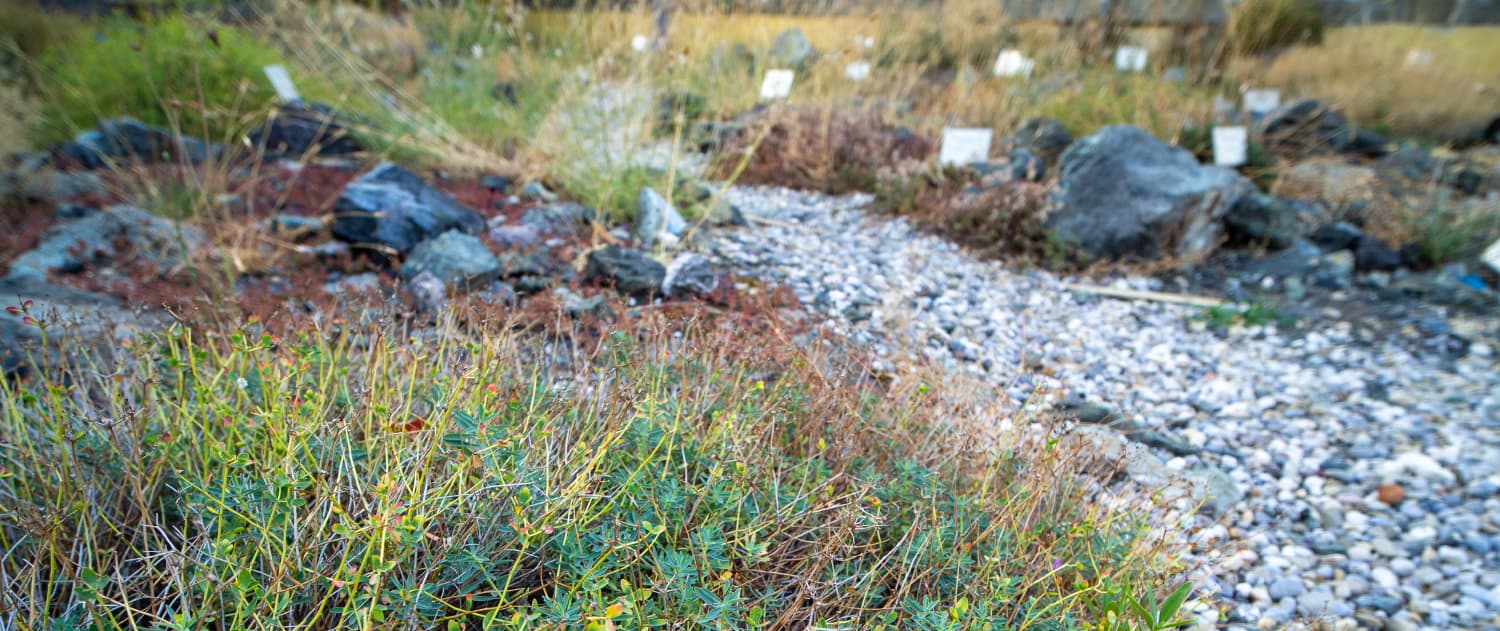Botanical Garden of Florence
Serpentinophytes
Introduction | Acquatic | Citrus fruits | Trees | Wild edible plants | Araceae family | Wild shrubs | Begonias | Bromeliads | Carnivorous | Cycads | Grasses | Medicinals | Tropical orchids | Palms | Pteridophytes | Roses | Serpentinophytes | Succulent plants | Exhibits
Serpentinophytes are plants that are able to live in particularly difficult environments, characterised by rocks rich in toxic elements (magnesium, iron, nickel, chromium, etc.), called ophiolites. These formations derive from fragments of oceanic crust and underlying mantle that rose to the surface in ancient times. The word ” ophiolites”, from the ancient Greek (ὄφις = snake and λίθος = rock), is due to the characteristic greenish colouring similar to that of many reptiles. It is precisely on these substrates that certain plantspecies have evolved through morphological and physiological adaptations, that allowed them to survive in extremely difficult environments.
A recently renovated flowerbed has been dedicated to these tenacious and resistant plants. Many species have been introduced thanks to collections made in the wild in the Monteferrato area, province of Prato.
The flowerbed, located between the Pond and the Warm Greenhouse, houses 20 species, including Iris lutescens and two endemic cornflowers (Centaurea aplolepa subsp. carueliana and Centaurea aracnoidea subsp. montisferrati), which bloom conspicuously in spring.
An interesting fact: in order to set up the display it was also necessary to bring in rock and soil from the collection areas of the species, otherwise the collected plants could not survive.

